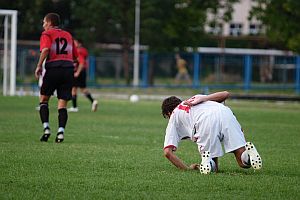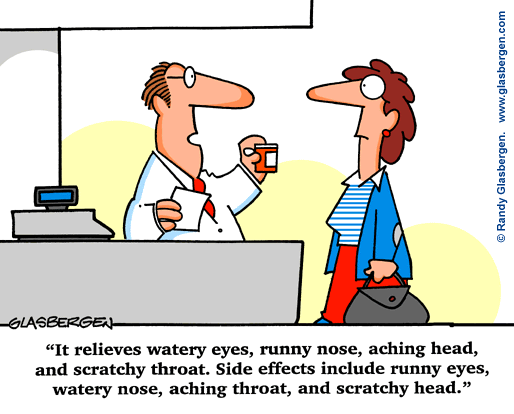Building Eye-Hand Coordination
 We first begin to learn eye-hand coordination (sometimes also called hand-eye coordination) when we are infants, with the greatest amount of development occurring during childhood. But it is never too late to improve eye-hand coordination skills. It is important to maintain this function as we age, since it is central to so many of our daily tasks, such as driving or chopping vegetables.
We first begin to learn eye-hand coordination (sometimes also called hand-eye coordination) when we are infants, with the greatest amount of development occurring during childhood. But it is never too late to improve eye-hand coordination skills. It is important to maintain this function as we age, since it is central to so many of our daily tasks, such as driving or chopping vegetables.
According to a study published in the journal Communication Research, playing video games for as little as 20 minutes can improve your eye-hand coordination. Researchers found that college students who played video games for 20 minutes using a special controller demonstrated nearly twice the accuracy in shooting at a real target as the students who did not play the video game first.
Improved eye-hand coordination can help when fast reaction times are needed, such as when driving a car or playing with children. It can increase productivity at work and is useful for leisure activities as well, such as reading music and computer gaming. Following are a few activities that you can practice that will allow you to improve your eye-hand coordination.
Play video games – Either online or using a console like a Wii, playing video games that require a sensitive touch and precise timing has been shown to improve accuracy skills.
Do some coloring – Grab some markers or crayons and a coloring book and color away. Our hands are beginning to lose their fine motor coordination abilities now that more and more of us use a keyboard to write. Coloring will help to preserve those fine motor skills.
Play a racquet sport – Any sport involving a racquet and ball will help to improve your eye-hand coordination, in addition to it being a great aerobic workout! You have to react quickly to your opponent’s moves and quickly judge where they will hit the ball.
Take up juggling – Start juggling two balls from hand to hand, then gradually introduce a third (and even a fourth if you can manage it). It will improve both coordination and focus.
Do a jigsaw puzzle – Useful for improving both eye-hand coordination and reasoning, a jigsaw puzzle is a fun way to hone these skills, particularly if it is a 3D puzzle.
Play catch – A great activity that can help improve both your and your child’s hand-eye accuracy, a simple game of catch using a tennis ball or other type of small ball is a great way of sharpening your skills while spending time with your kids.
Create something – Doing crafts such as model building and knitting can be creative ways of improving your eye-hand coordination, and you’ll have something to show for it to boot!








